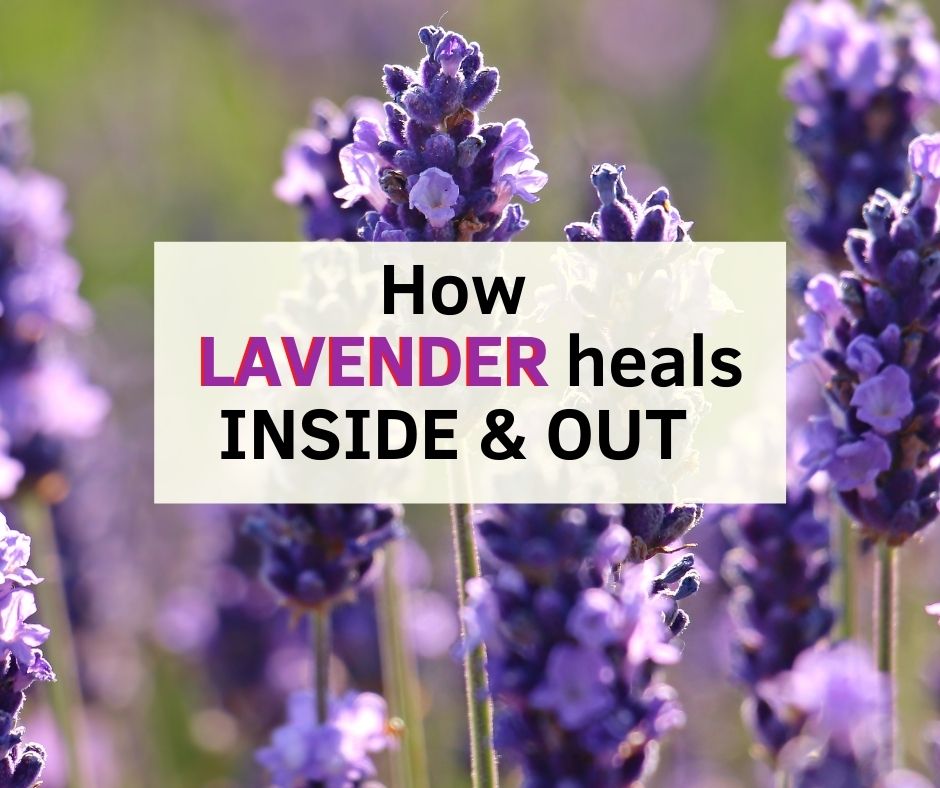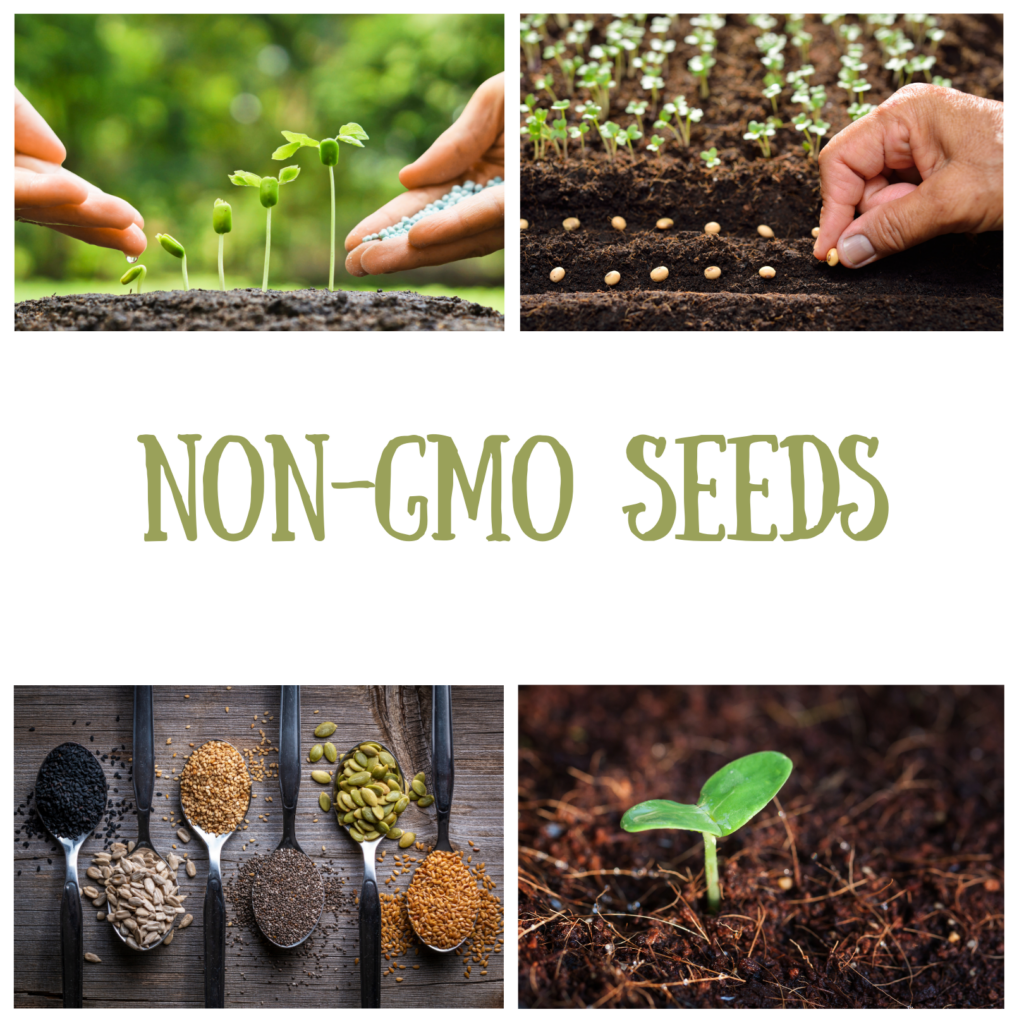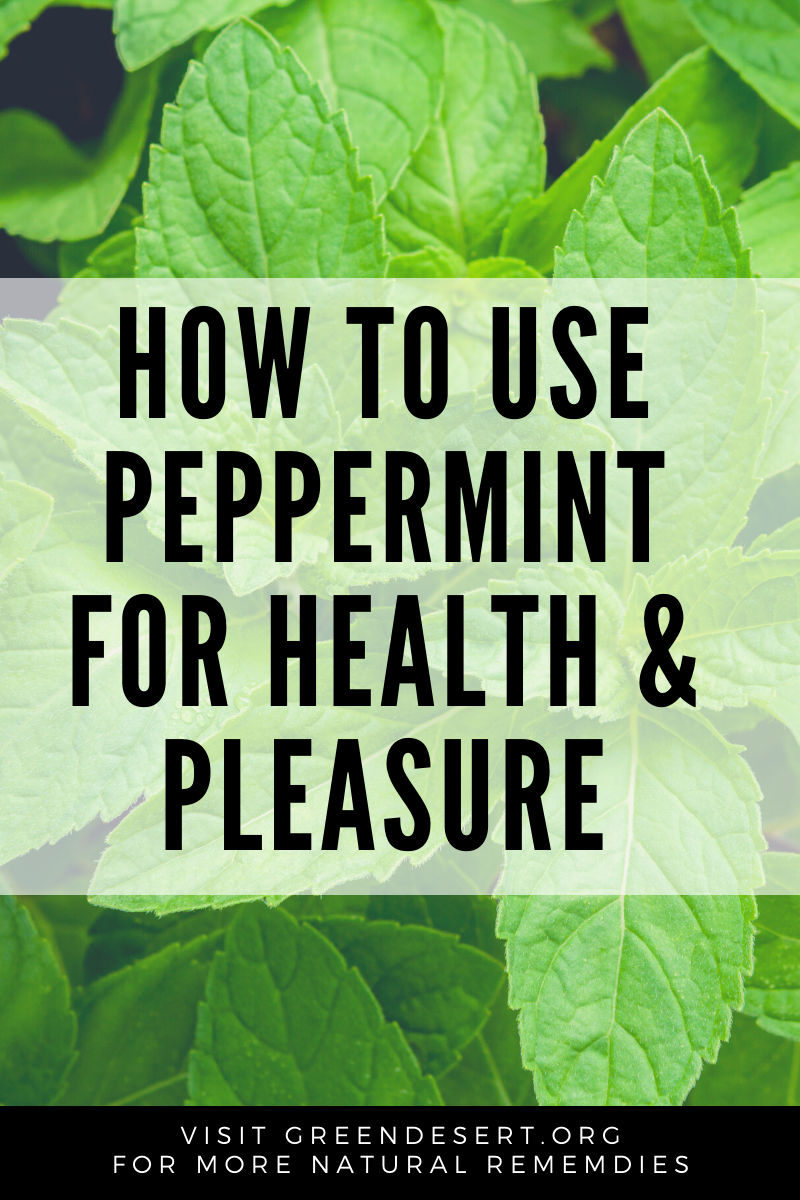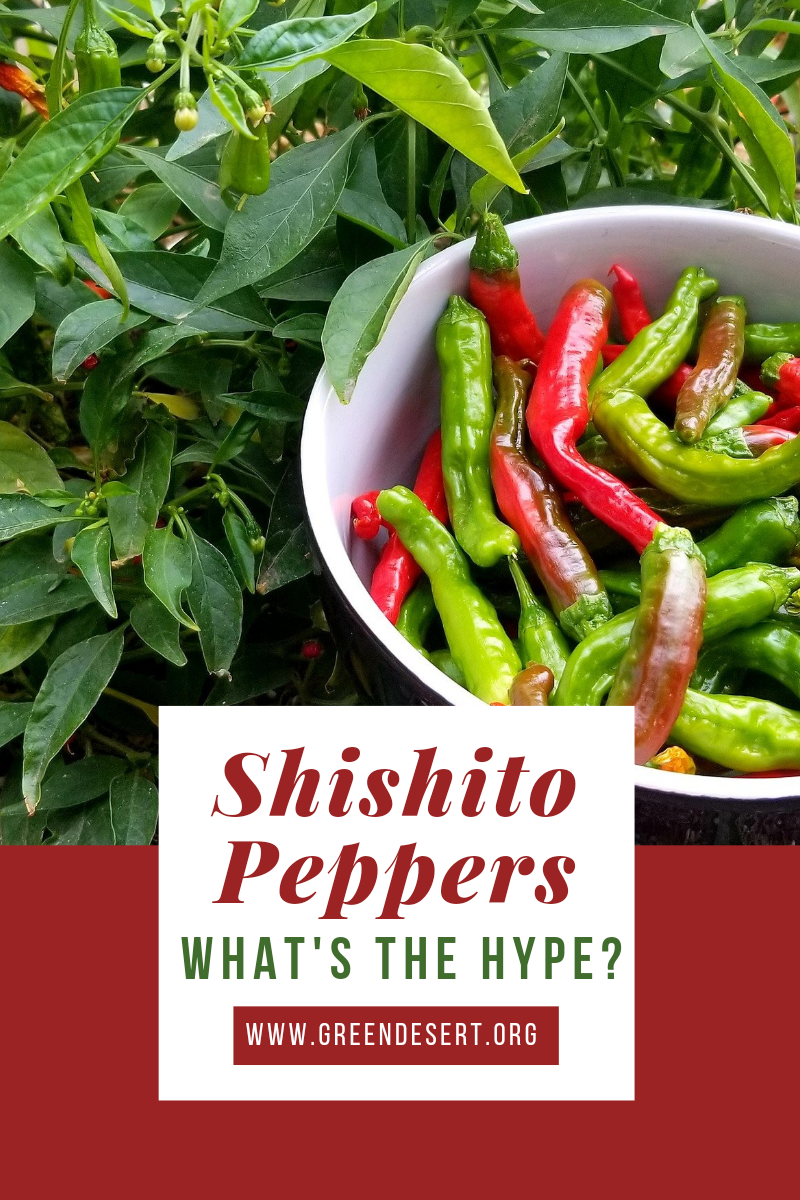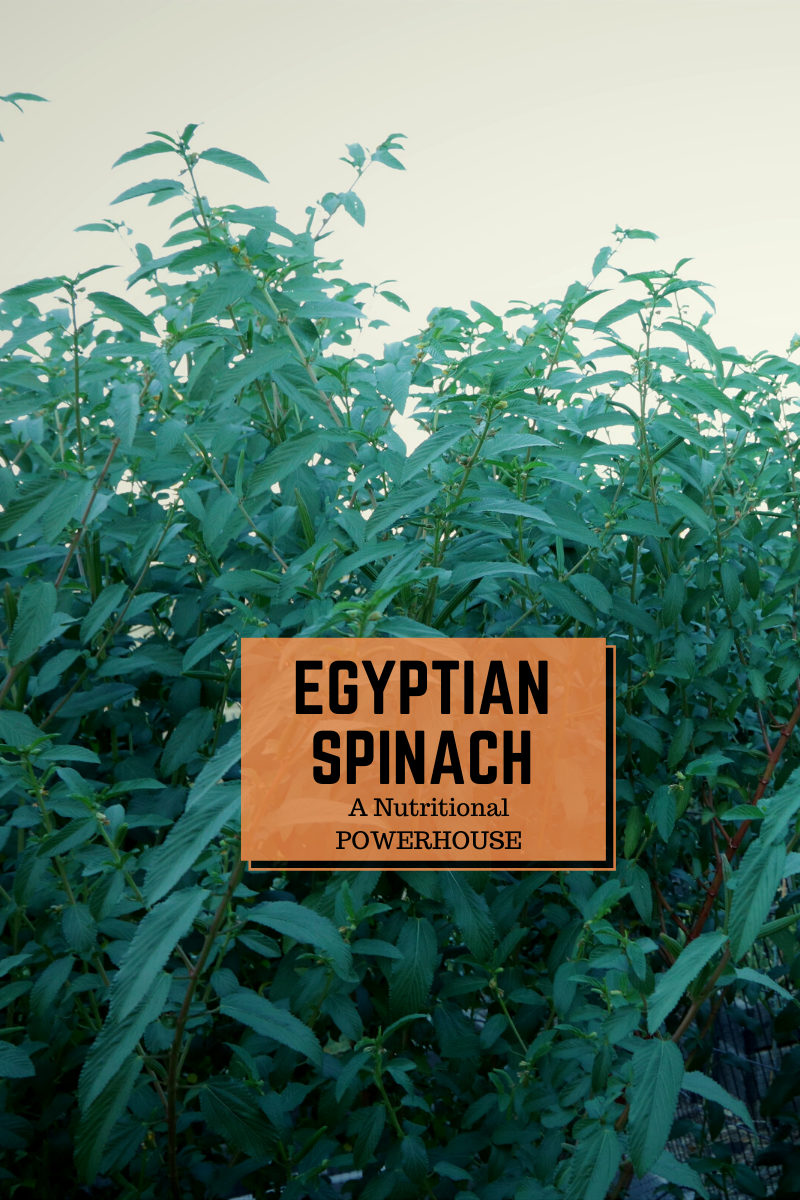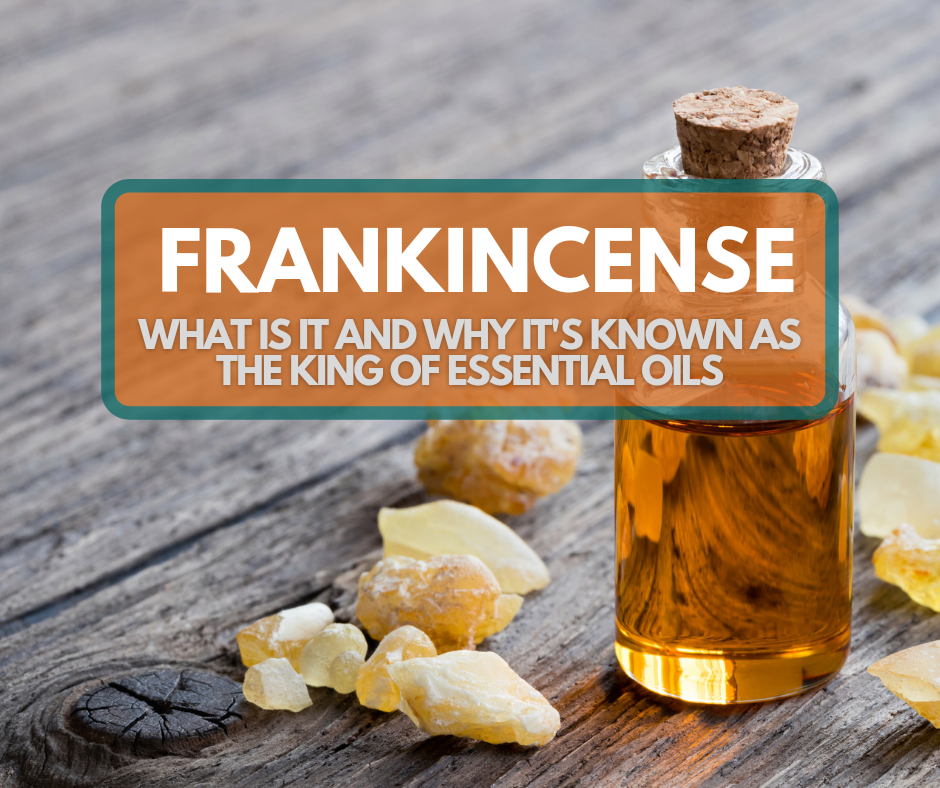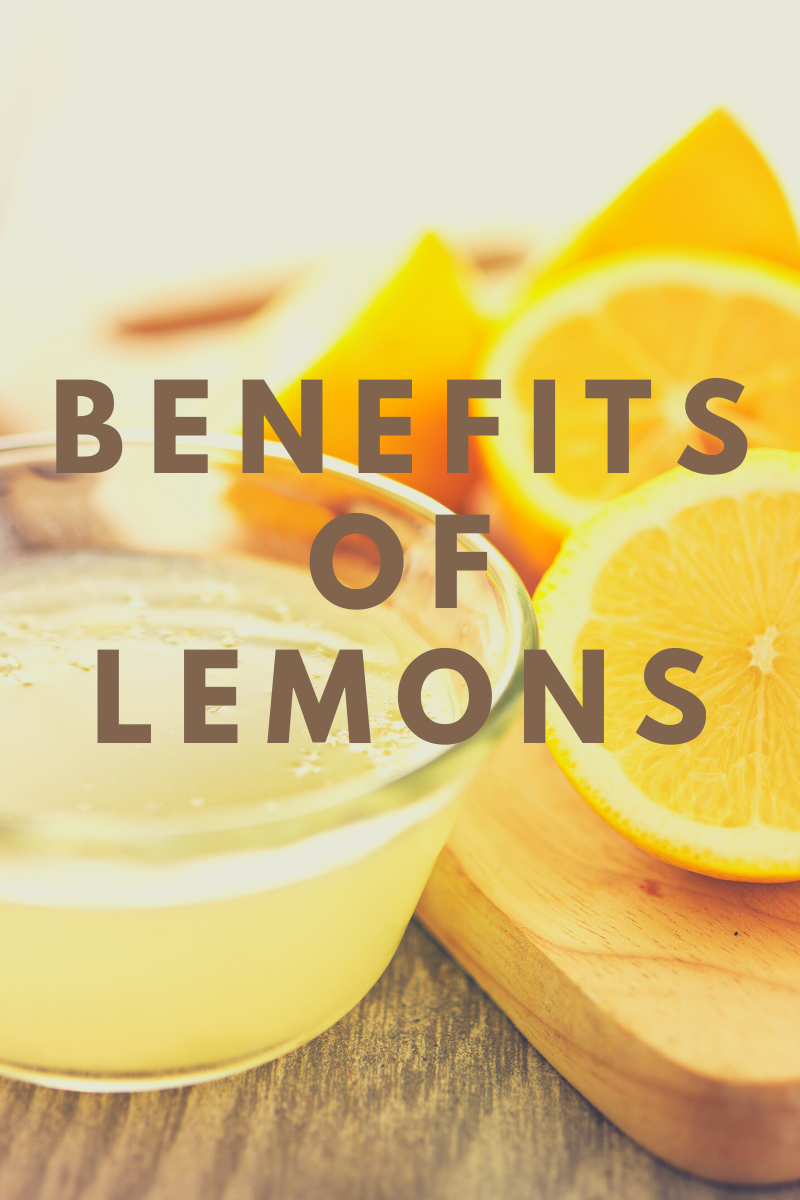Lavender
Lavender is one of the most well known flowers for it’s scent and color. But lavender also has loads of medicinal properties and can be used as a remedy for quite a few ailments. It is best known for its soothing abilities, and there are not many issues it cannot soothe. The most common uses for lavender are as a remedy for stress and anxiety, insomnia, and headaches and migraines. It can be consumed as a tea, used topically as an essential oil or used as aromatherapy.
While some of the benefits from lavender are not studied and proven, the widespread use of the flower and the positive results support its effectiveness. But that’s not to say it has not been tried and tested. According to the American Cancer Institute, lavender can help patients deal with the side effects of cancer treatments. Internally it can be used to alleviate digestive issues, and consumed periodically to strengthen the immune system. Lavender tea is even an approved treatment for sleep disruption, restlessness and stomach irritation in Germany.
Lavender has long been used as an additive to bath water as well to calm the body and mind, dating all the way back to ancient Greece and Rome. Its topical uses are well documented also. Lavender has antibacterial properties that can be used to fight bacterial infections externally. It also soothes many skin irritations like sunburn, acne and eczema. Lavender oil could even be kept next to the stove to quickly treat flesh burns. Perhaps the greatest part about this miracle flower? It is not only very inexpensive and available online, but quite easy to grow yourself!
Lavender is a hearty plant that does not require methodical or delicate care, and it does especially well in arid climates, like Arizona. Lavender should be planted in the spring and somewhere that it can get a lot of sun. Your seeds should be planted about 12 to 18 inches apart in well drained soil. Giving your plants some compost to get off to a healthy, hearty start is always a good idea. Lavender does well in dry areas so constant watering is not necessary. When your plants reach full bloom, you can harvest the flower to make your own oils, to put in your pillow case for a better night’s rest, or drop in a cup of tea.
We have an entire page of natural remedies. If you have natural remedies you choose, please share them — it takes a community!

